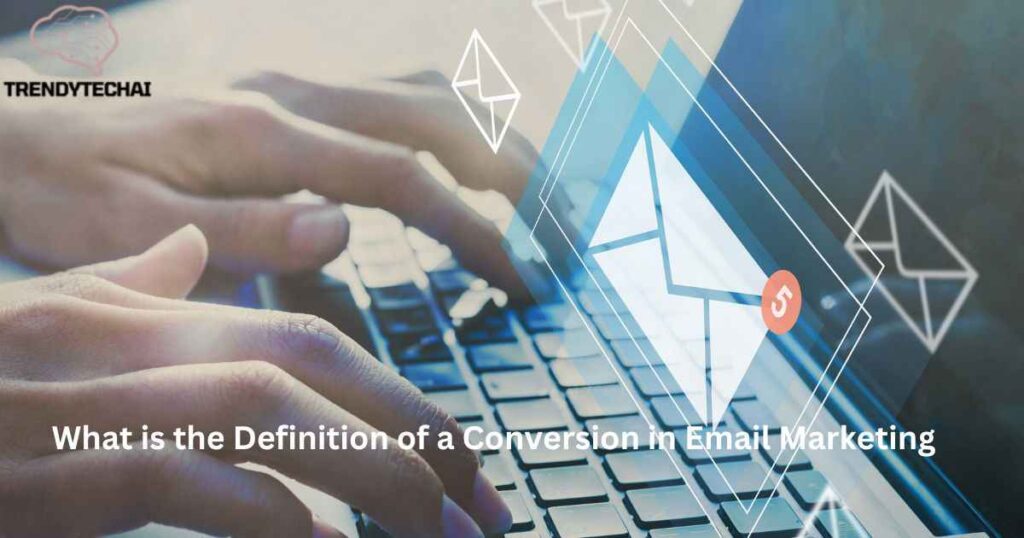Email marketing is a powerful tool for businesses to reach and engage with their target audience. One of the key metrics used to measure the success of an email marketing campaign is the conversion rate. But what exactly is a conversion in the context of email marketing?
A conversion in email marketing refers to the desired action that a recipient takes after engaging with an email. This action could be making a purchase, signing up for a newsletter, filling out a form, or any other behavior that aligns with the marketer’s goals. Ultimately, the goal of email marketing is to drive conversions that lead to meaningful outcomes for the business.
Types of Conversions in Email Marketing
Conversions in email marketing can be categorized into different types based on the specific goal of the campaign. Here are some common types of conversions in email marketing:
| Conversion Type | Description |
|---|---|
| Purchase | When a recipient makes a purchase directly from an email, it is considered a conversion. This is a direct measure of the email’s impact on sales. |
| Newsletter Signup | When a recipient subscribes to a newsletter or updates their email preferences, it is counted as a conversion. This helps in growing the subscriber base. |
| Form Submission | When a recipient fills out a form, such as a contact form or a survey, it is considered a conversion. This provides valuable lead information. |
Measuring Conversions
Effective measurement of conversions is essential for optimizing email marketing efforts. Marketers use key performance indicators (KPIs) to track and evaluate the success of their campaigns. These KPIs include:
- Conversion Rate: The percentage of email recipients who completed the desired action.
- Click-Through Rate (CTR): The percentage of recipients who clicked on a link or call-to-action within the email.
- Revenue per Email: The amount of revenue generated per email sent, providing insights into the campaign’s ROI.
Optimizing for Conversions
To improve conversion rates in email marketing, marketers can employ various strategies:
- Personalization: Tailoring emails to individual recipients based on their preferences and behavior can increase the likelihood of conversions.
- Compelling Calls to Action (CTAs): Clear and persuasive CTAs prompt recipients to take the desired action, driving conversions.
- Segmentation: Targeting specific segments of the audience with relevant content can enhance engagement and conversion rates.
- Testing and Optimization: A/B testing different elements of emails, such as subject lines and visuals, can help identify the most effective strategies for driving conversions.

Credit: www.campaignmonitor.com


